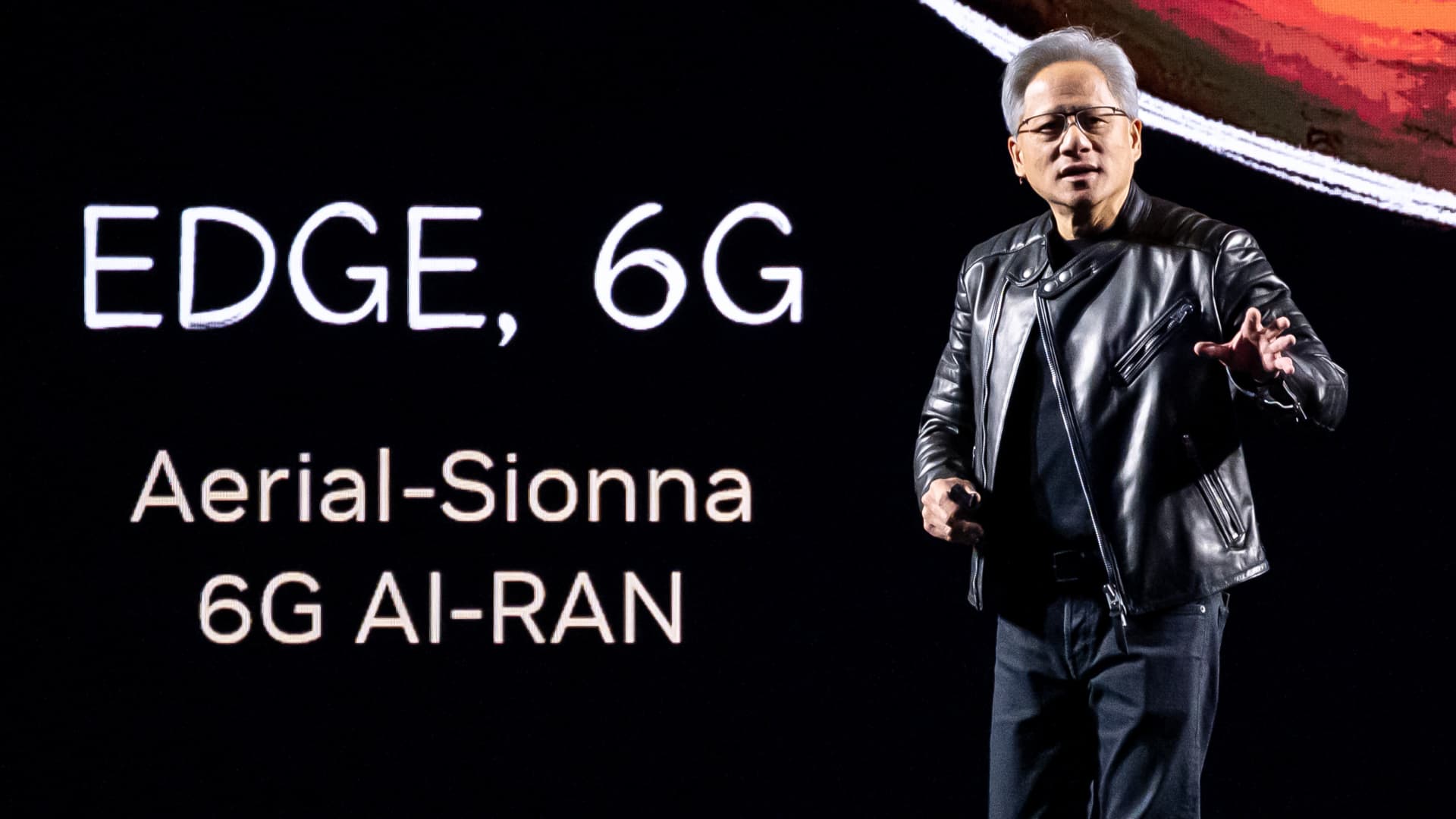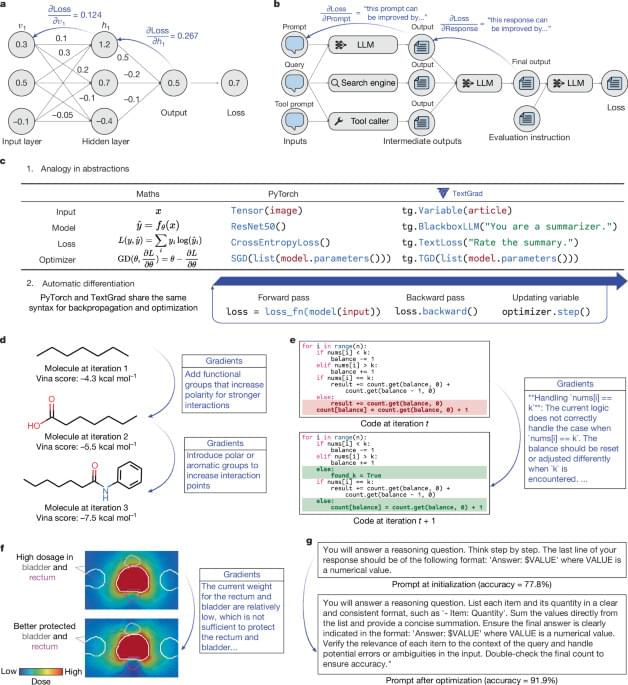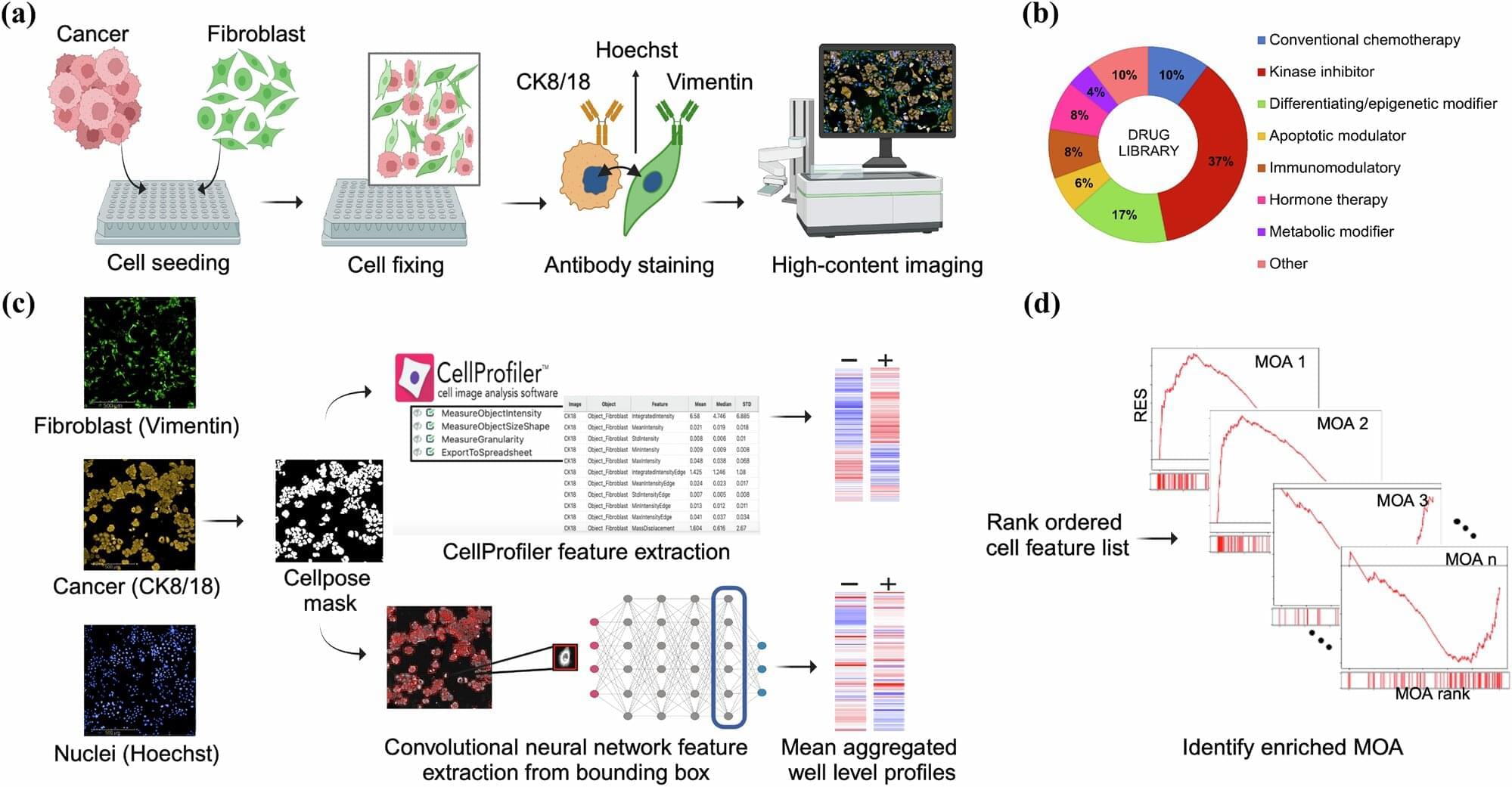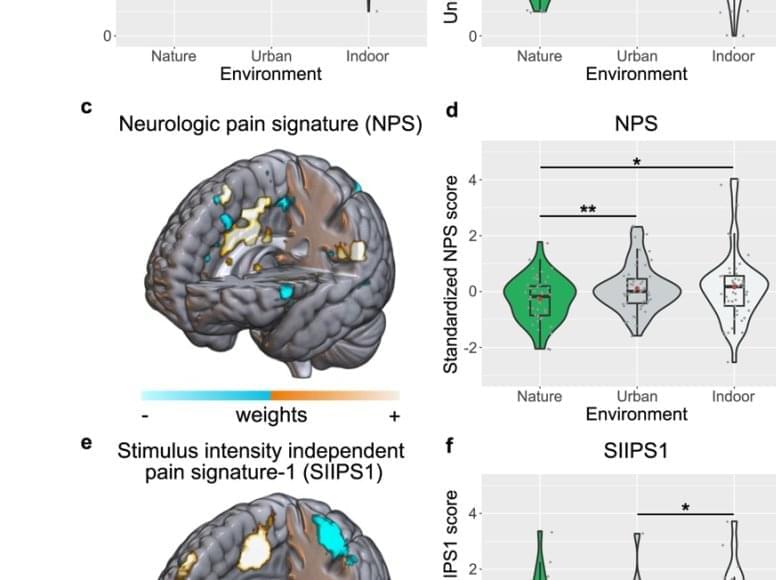At least two mass extinction events in Earth’s history were likely caused by the devastating effects of nearby supernova explosions. That’s according to a new study by researchers at Keele University in England. The researchers said these super-powerful blasts – caused by the death of a massive star – might have previously stripped our planet’s atmosphere of its ozone, sparked acid rain and exposed life to harmful ultraviolet radiation from the sun. They believe a supernova explosion close to Earth could be to blame for both the late Devonian and Ordovician extinction events, which occurred 372 and 445 million years ago respectively.









